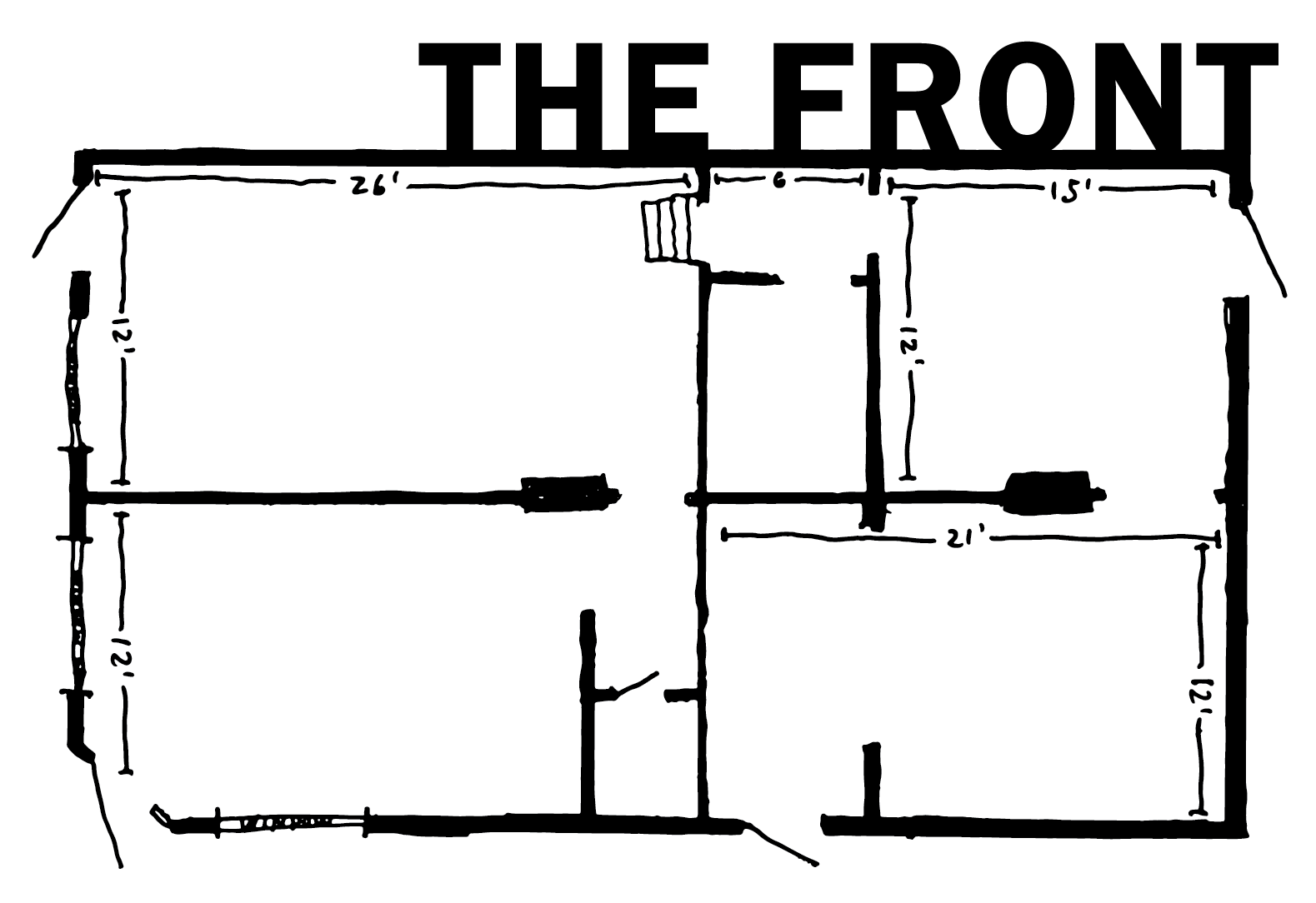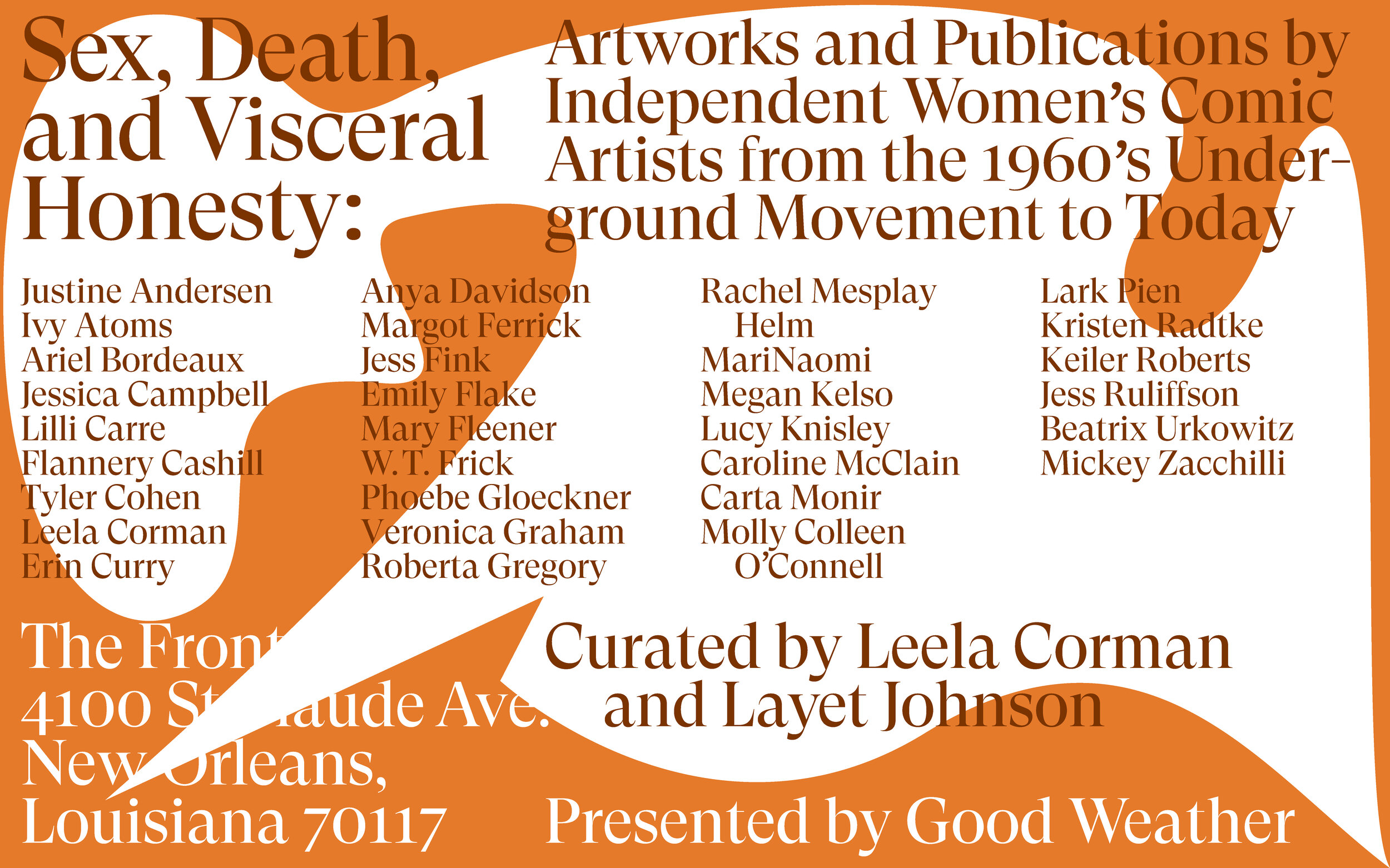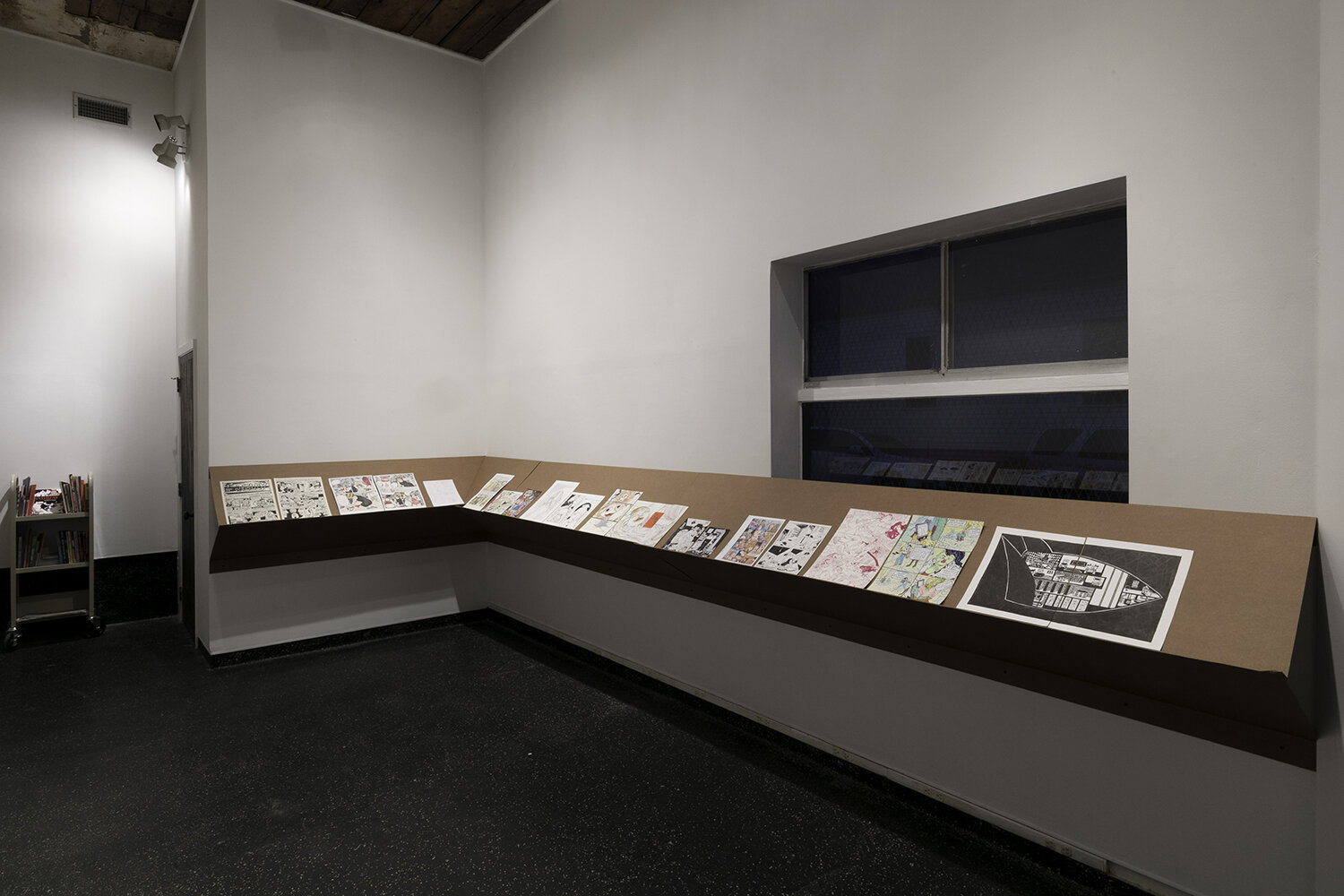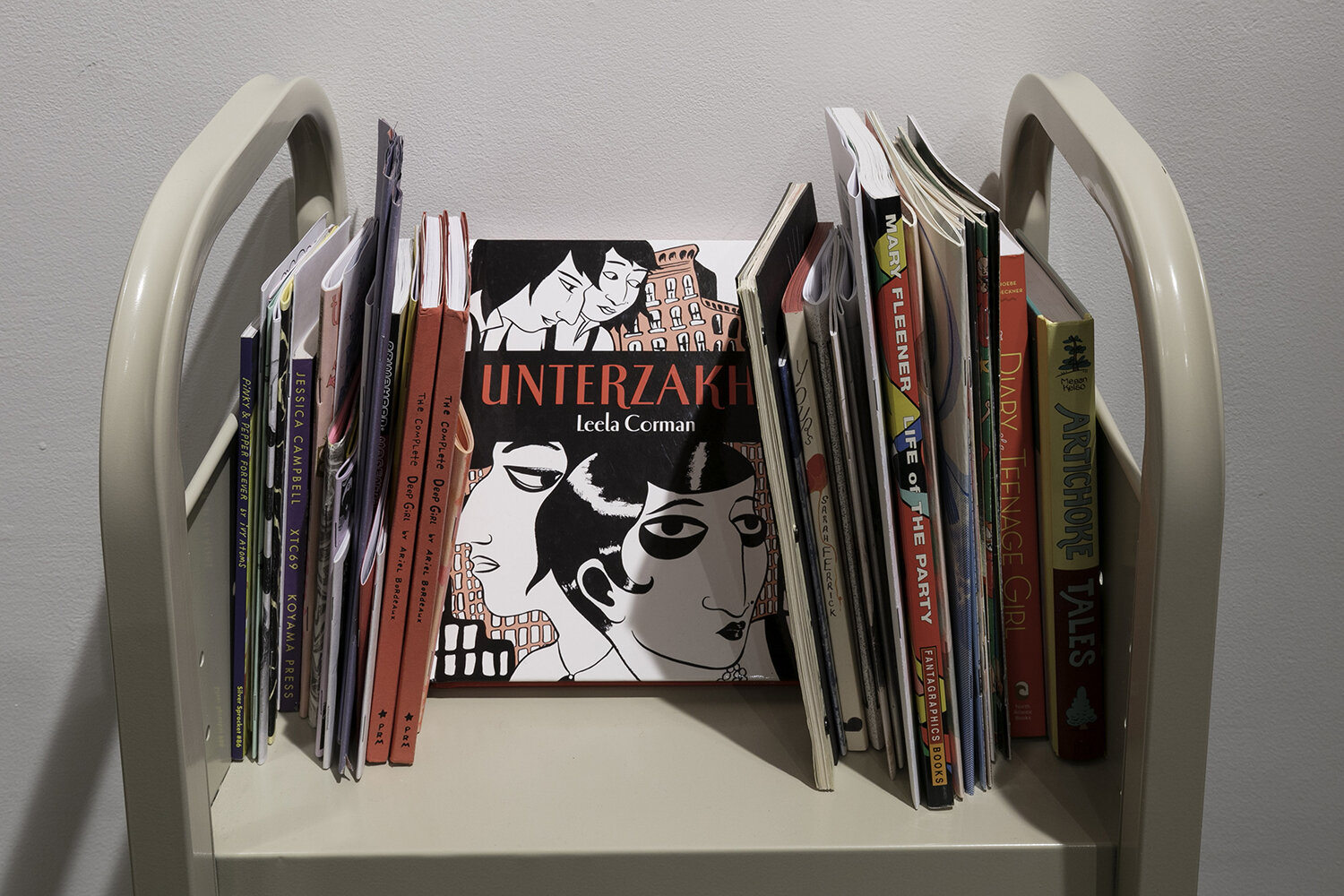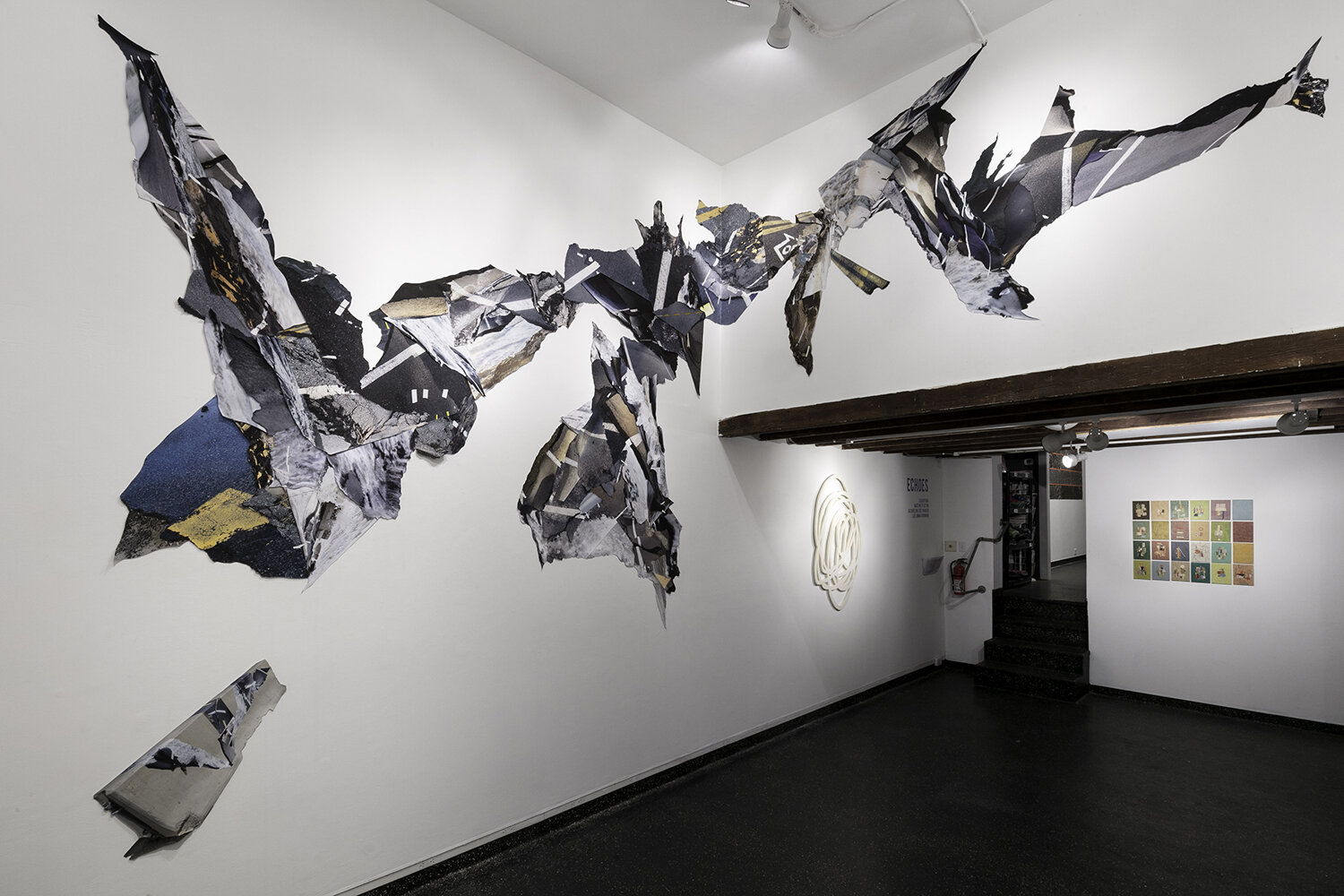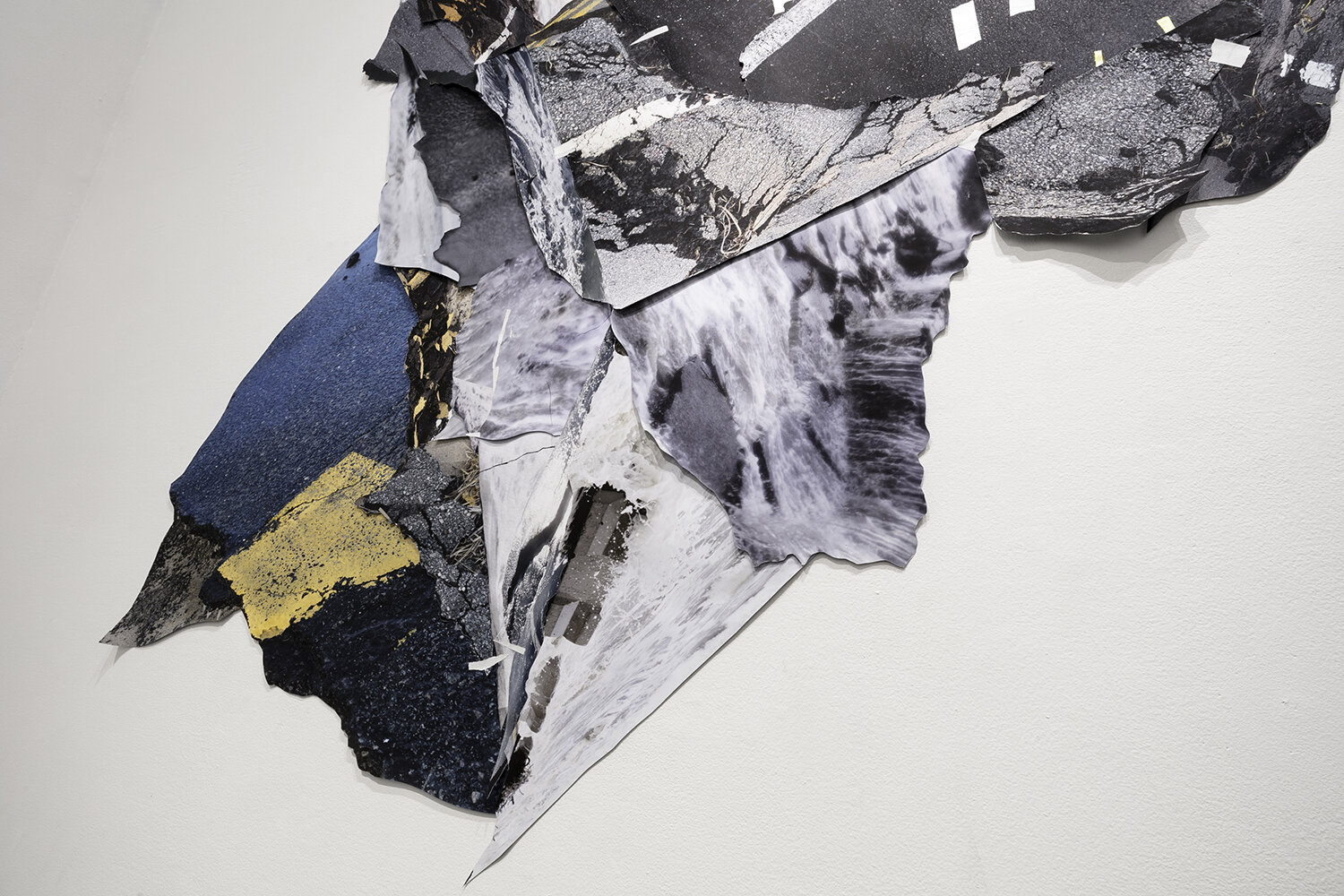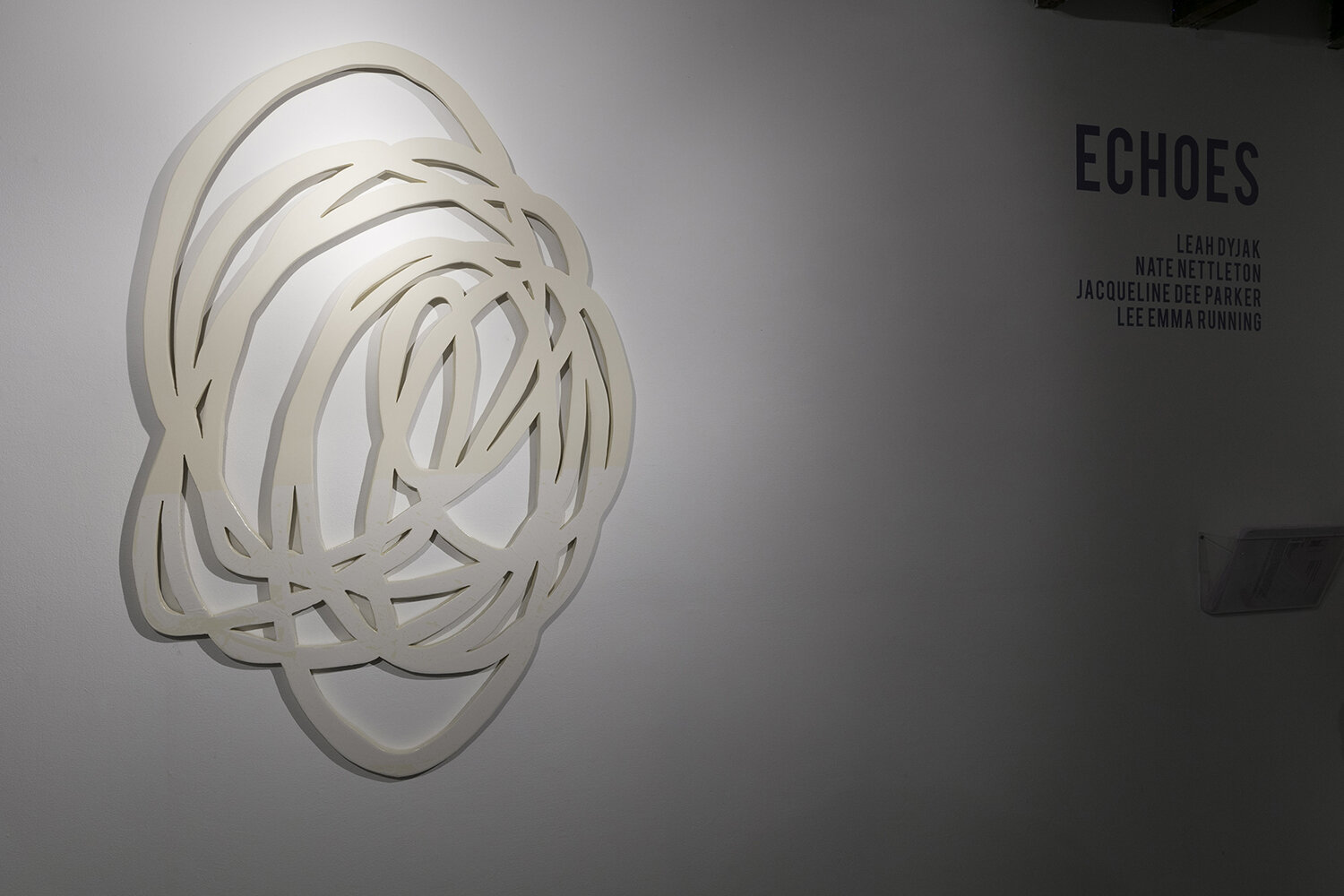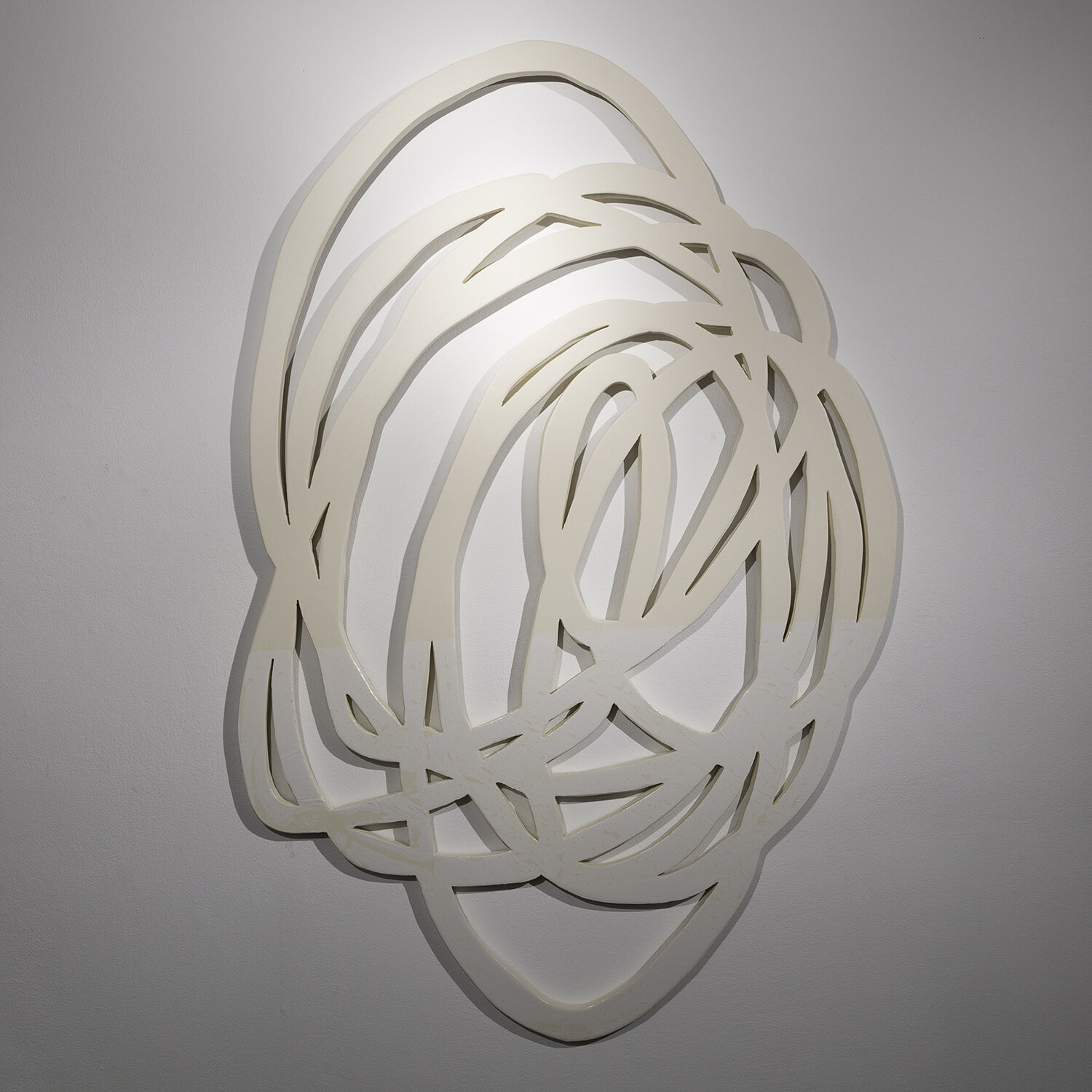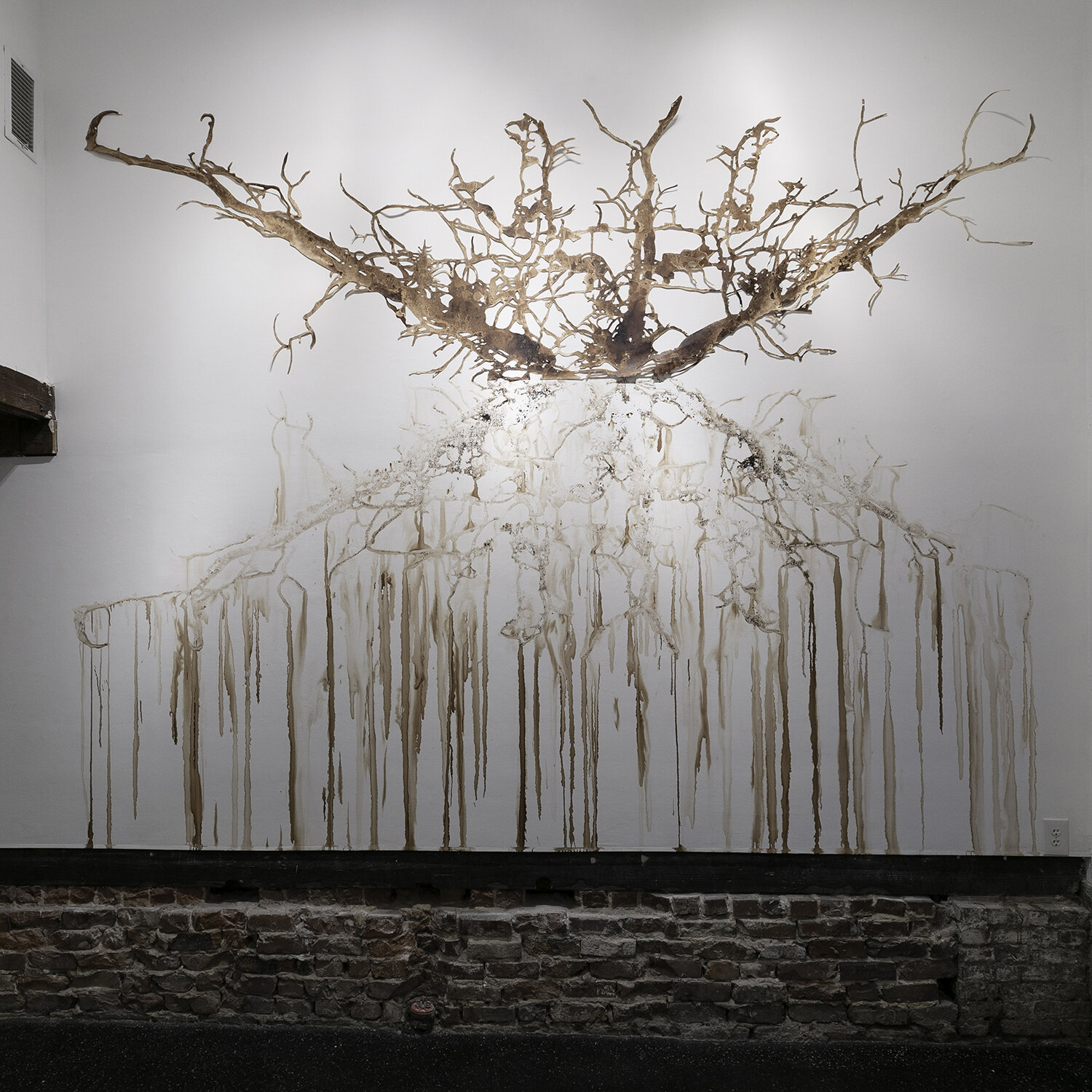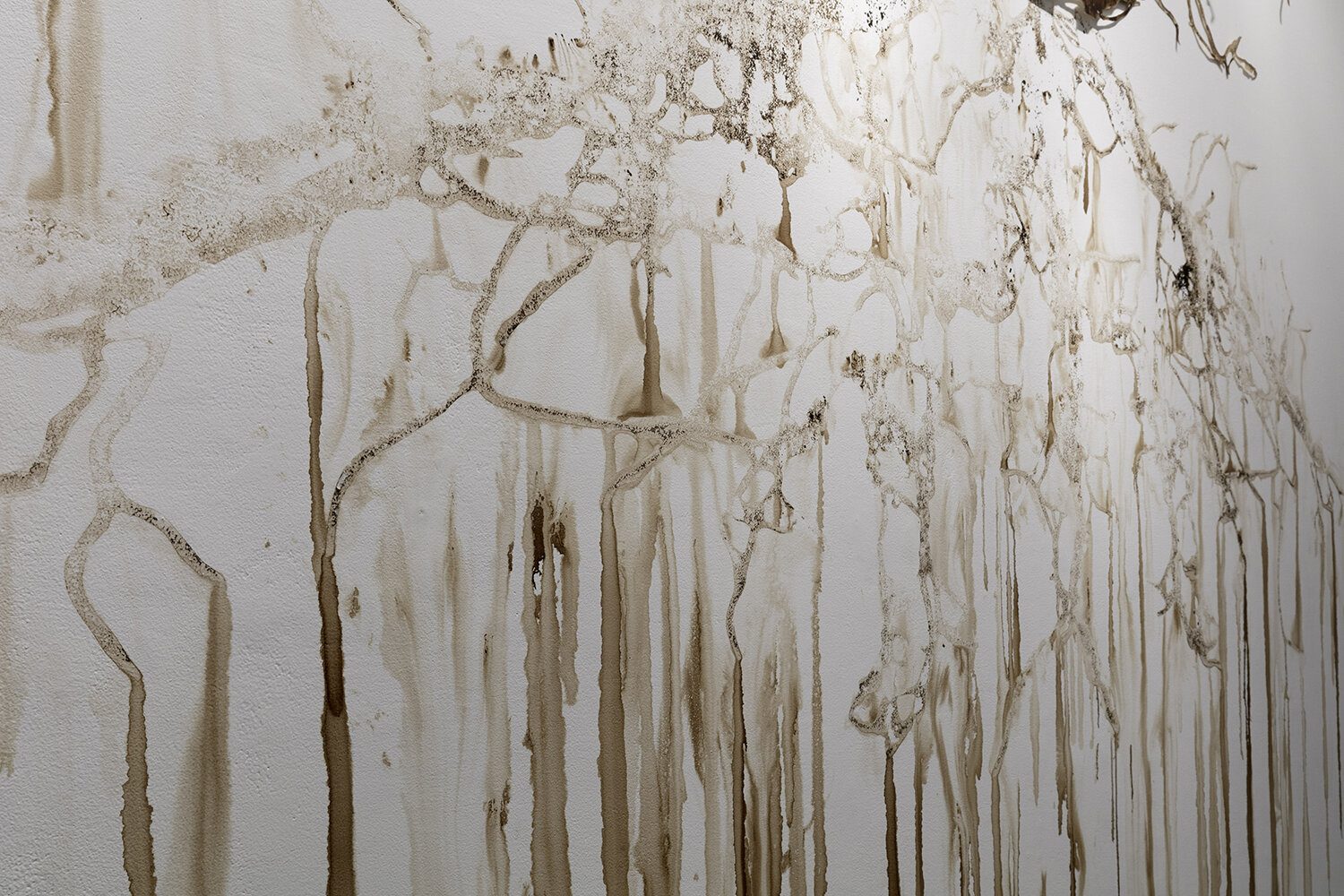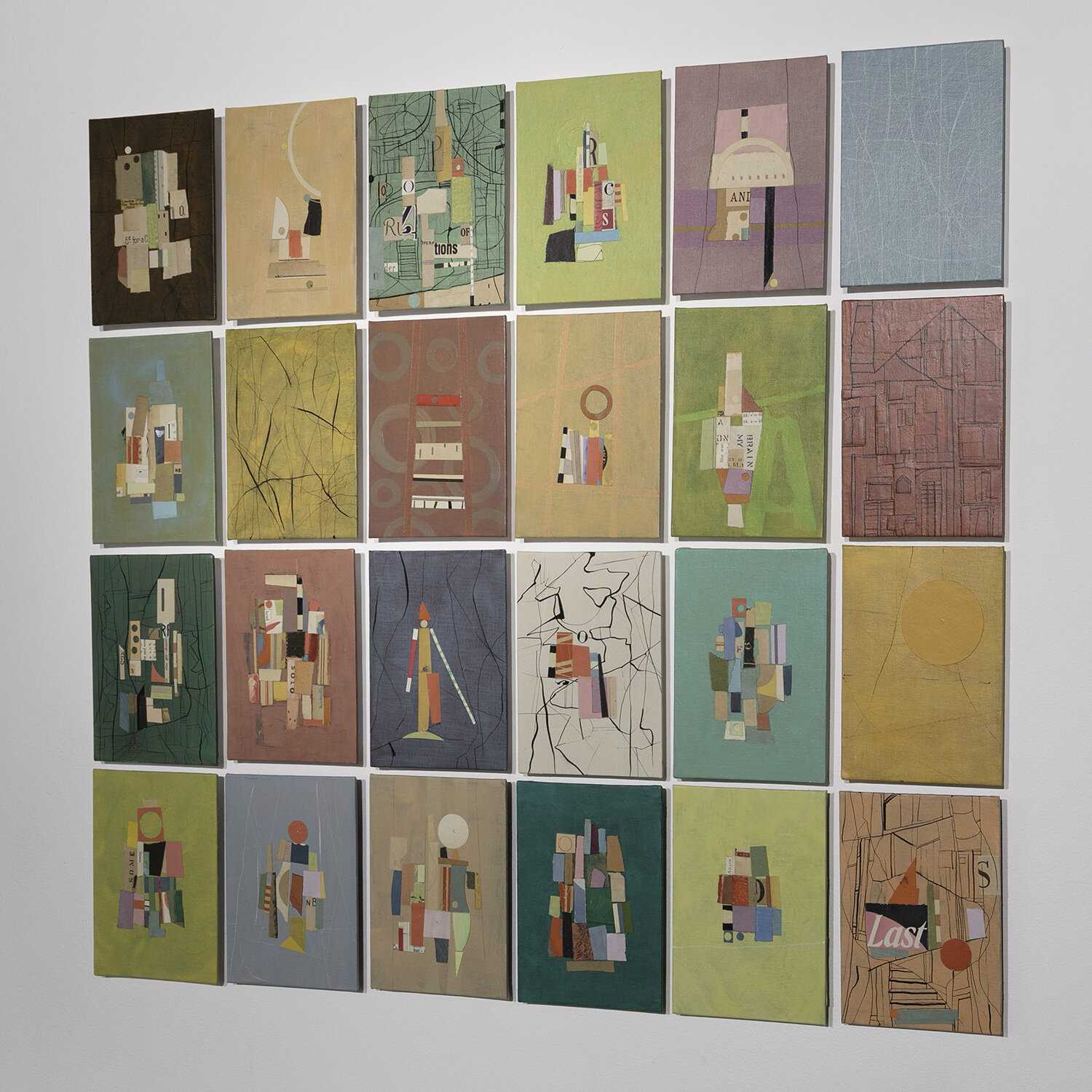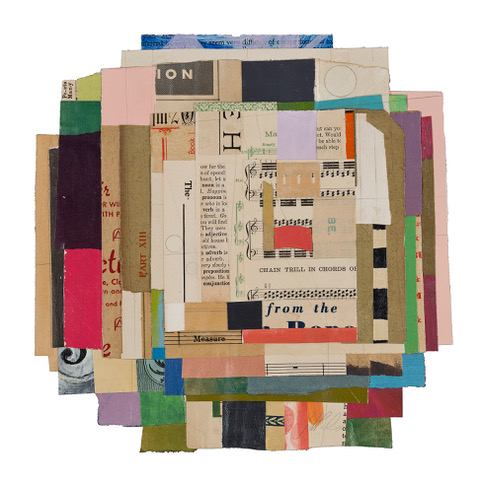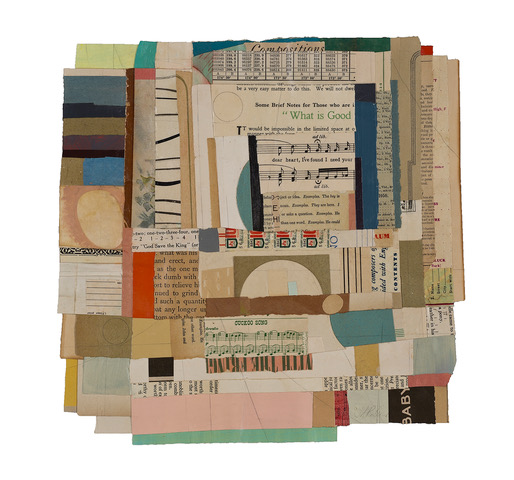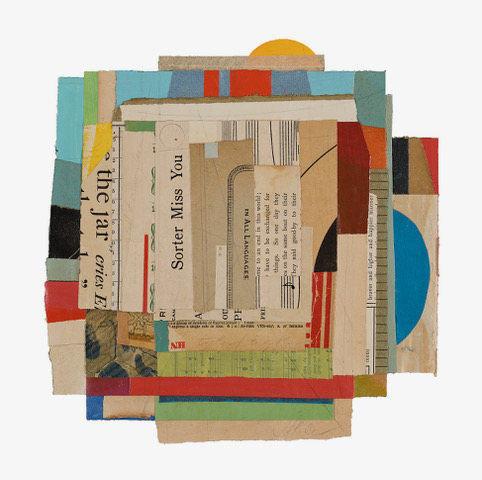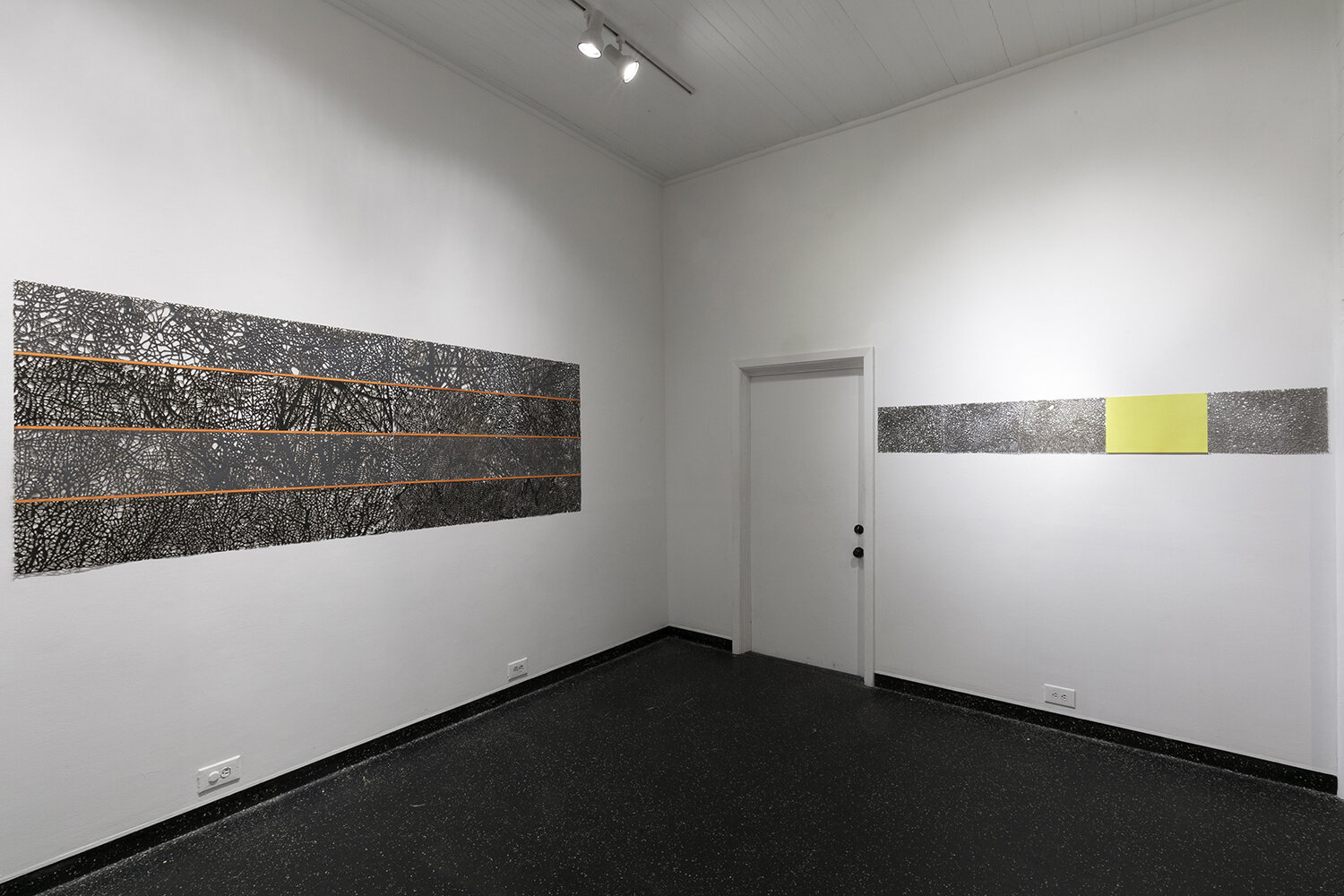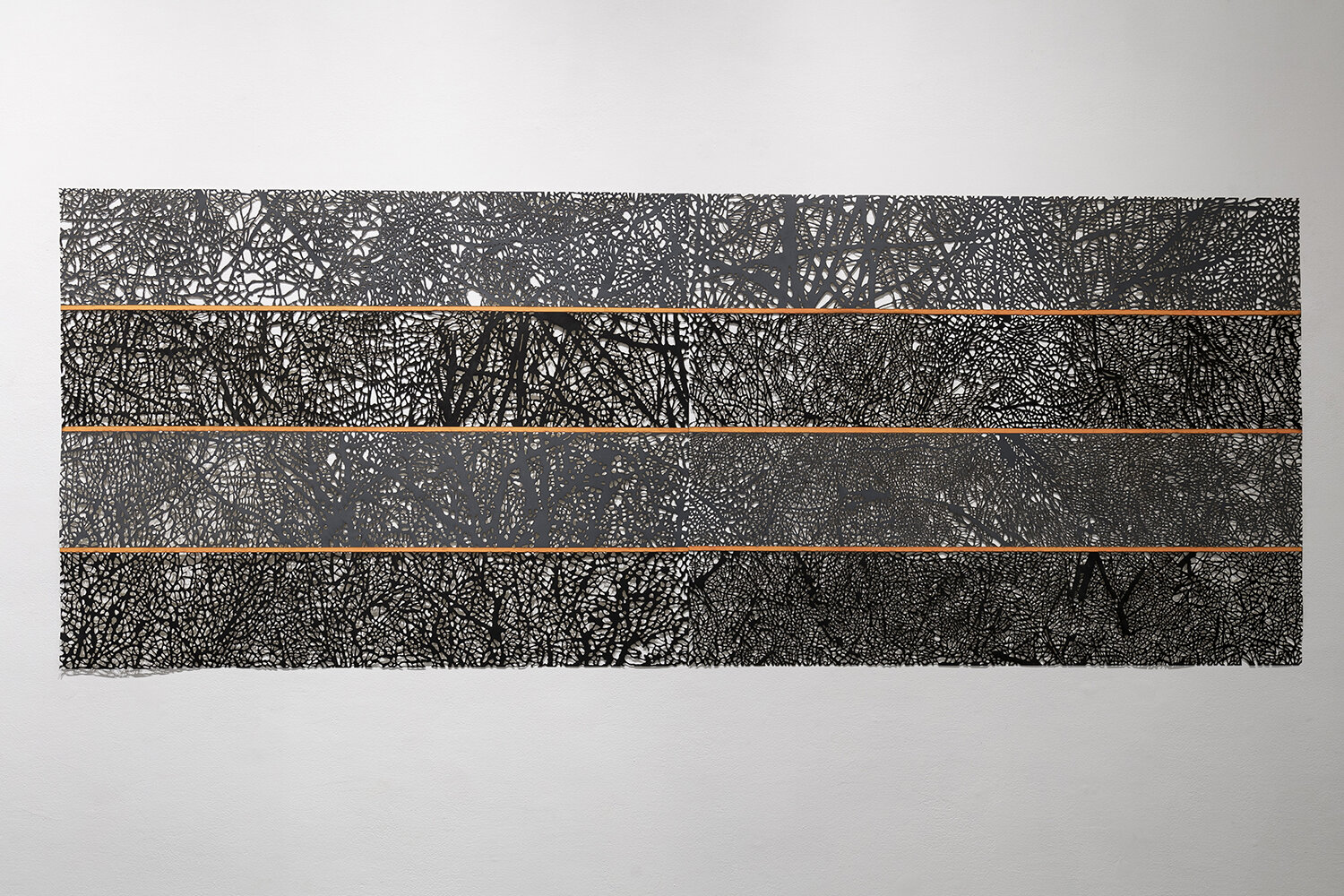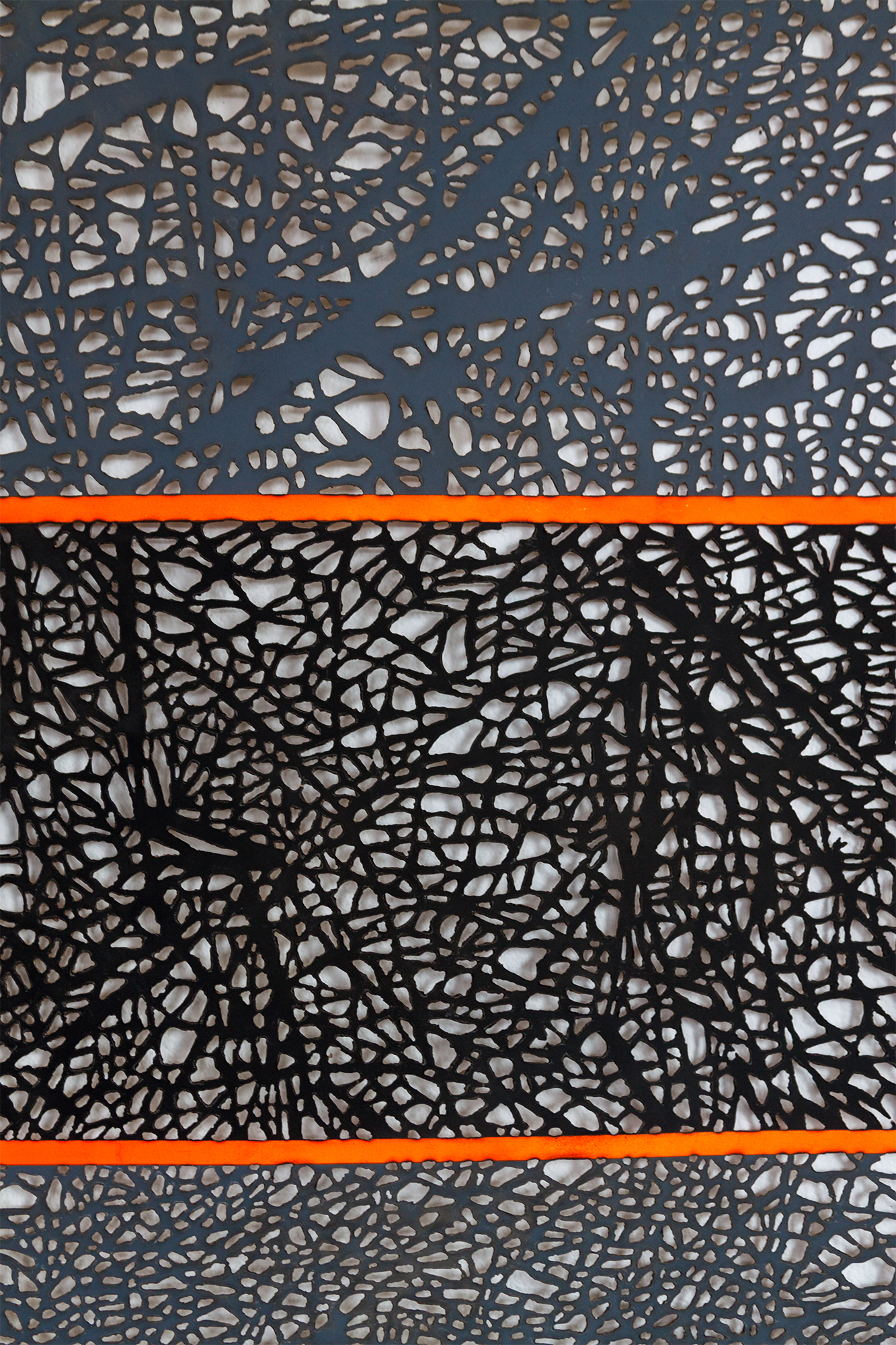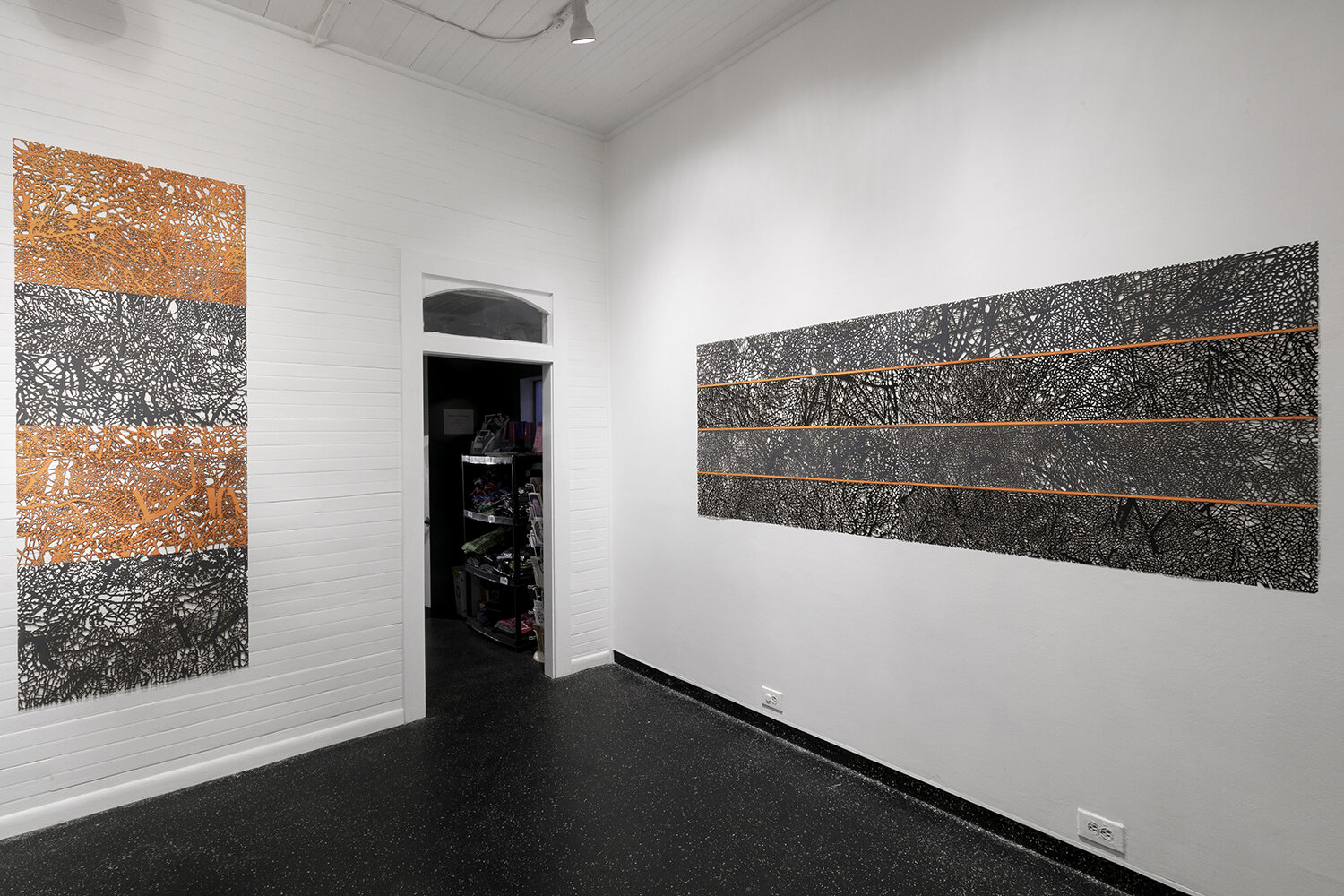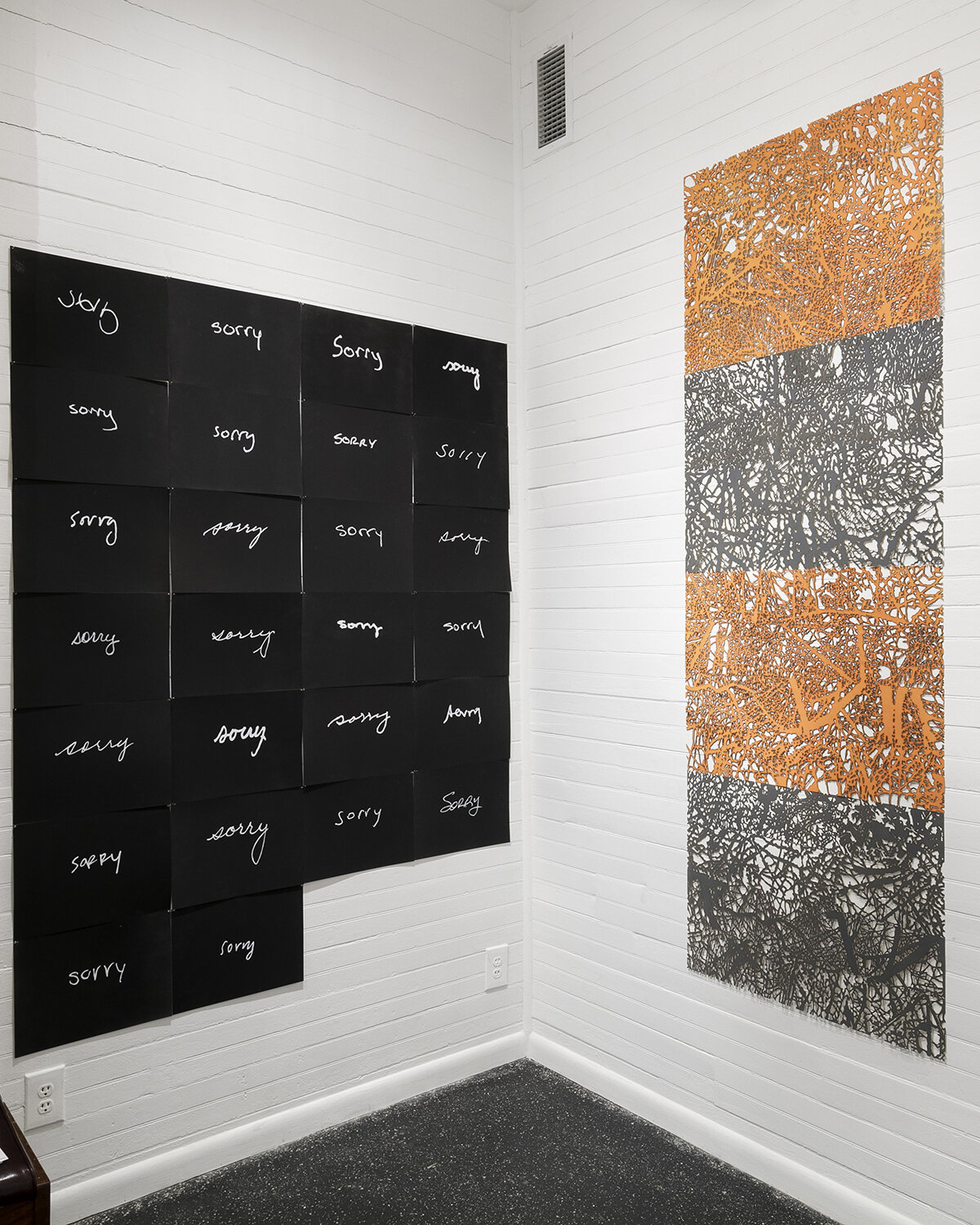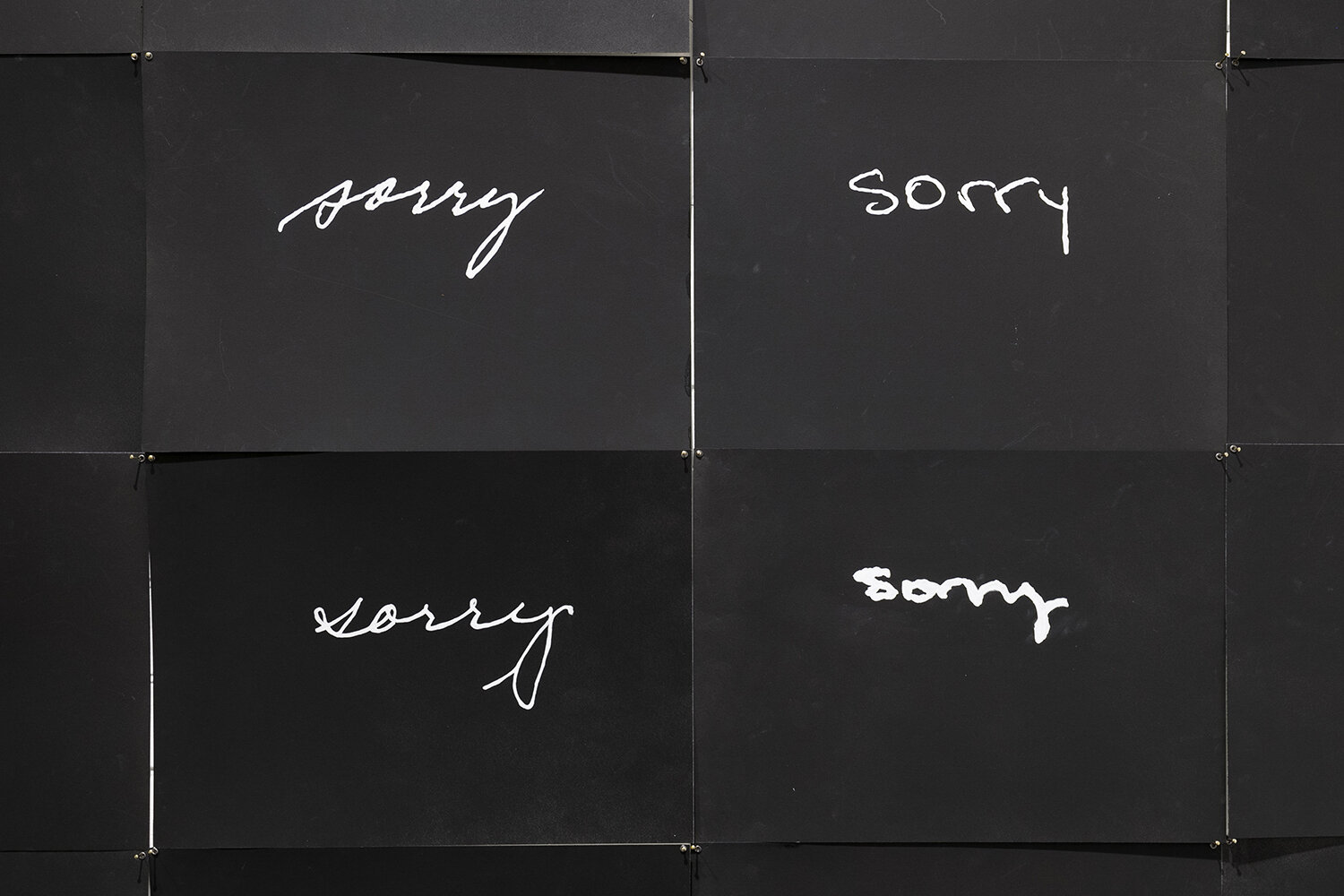January 12- February 3, 2019
Opening reception: Saturday January 12th, 6-10pm
Room 1:
Sex, Death, and Visceral Honesty: Artworks and Publications by Independent Women’s Comic Artists from the 1960s Underground Movement to Today
Curated by Leela Corman and Layet Johnson
Presented by Good Weather
In continuing support of the multi-faceted output of Layet Johnson’s practice, Good Weather has parlayed an invitation from The Front member Tom Friel to present an exhibition into an opportunity to focus on Johnson’s curatorial work. While teaching and directing the galleries at Central Connecticut State University (CCSU), Johnson has activated a devolutionary role as a curator beside an ongoing interest in comics through the lens of his drawing and conceptual art practice.
Exemplifying this modality is the exhibition Sex, Death, and Visceral Honesty: Artworks and Publications by Independent Women’s Comic Artists from the 1960s Underground Movement to Today, co-curated with Leela Corman. For this exhibition, Corman and Johnson employed an invitational method where participating artists invited further artists to join the exhibition, creating an expansive network of American women’s comic artists. For Johnson, the exhibition was underlined by a personal inquiry into examining the history of women’s comics from the perspective of the contemporary.
The exhibition includes work by 31 women’s comic artists from around the United States, including Justine Andersen, Ivy Atoms, Ariel Bordeaux, Jessica Campbell, Lilli Carré, Flannery Cashill, Tyler Cohen, Leela Corman, Erin Curry, Anya Davidson, Margot Ferrick, Jess Fink, Emily Flake, Mary Fleener, W. T. Frick, Phoebe Gloeckner, Veronica Graham, Roberta Gregory, Rachel Mesplay Helm, MariNaomi, Megan Kelso, Lucy Knisley, Caroline McClain, Carta Monir, Molly Colleen O’Connell, Lark Pien, Kristen Radtke, Keiler Jean Roberts, Jess Ruliffson, Beatrix Urkowitz, and Mickey Zacchilli.
Corman and Johnson frame the exhibition as a representation of “independent women’s comic artists not merely as an underrepresented category of artists, but as artists who are and have been telling stories concerning their bodies and experiences in patriarchal society since the 1960’s underground comics scene. As an extension of the Feminist movement, currently epitomized by #MeToo, women’s comic book art becomes a protest in itself, making an exhibition of it a form of rally. Unlike historical exhibition models that present subsequent events on a theme, ours is a critical mass. In organizing the exhibition, the curator’s role is thus to facilitate and to record a conversation between women comic book artists, writers, editors, critics, and publishers who may weigh in on this moment we are in that is so personal to them.”
For this iteration of the exhibition, Johnson has designed a sculptural display system that wraps the gallery and presents original drawings, along with books and zines, by participating artists in the form of a reading library.
For more information, visit www.goodweathergallery.com/events/sex-death-and-visceral-honesty.
This exhibition was originally presented at the Central Connecticut State University (CCSU) Art Galleries from October 16–November 15, 2018 and included an accompanying essay, In Defense of All-Woman Anything by Trina Robbins, editor of The Complete Wimmen’s Comix (Fantagraphics Press, 2016).
Room 2:
Echoes
Leah Dyjak
Nate Nettleton
Jacqueline Dee Parker
Lee Emma Running
Curated by Claire Rau
Influence is a strange beast. An artist’s practice, I believe, would wither without an influx of ideas. Many artists that I work with or have researched go through periods of intense consumption of the outside world, then enclose themselves in the studio as a retreat to filter and digest what is essential. Others maintain a regular back and forth of information- the similarity of the methods is that they are both a dialog. And in this conversation, with others or themselves, echoes and nuances of those influences creep into the artist, and into the work.
Echoes features a diverse group of artists, whose works clearly embrace and ripen from influences. Their studio work progresses, each into a distinct and compelling voice.
Leah Dyiak
Leah Dyjak, Moonrakers, 15x38', Photographic installation, 2018
Nate Nettleton, Look, Wood, acrylic, reactive foil, 55 x 35”, 2018
LEAH DYJAK is an interdisciplinary, lens-based artist splitting her time between New York and Massachusetts. She received her MFA from the University of Texas at Austin. Her site-specific work combines performance, labor, film, and photography to explore how generations of human use affect the ecologies of place. Her images and installations often push the edges of the photographic frame. Her work plays with our perceptions of perceived boundaries and charts matter in flux. Leah is an Assistant Professor of Photography at Wheaton College in Massachusetts. Her work has been shown at Flex Space, Pump Project and Blue Star Contemporary in Texas and throughout the Northeast. Her work has been acquired by Duke University and she will be in residence at the Djerassi Foundation in 2019. She is represented by the Schoolhouse Gallery in Provincetown Massachusetts.
Nate Nettleton
Nate Nettleton is a conceptual sculptural artist living and working in Ottawa, Ontario, Canada. His art practice explores and constructs abstract physical representations of empowerment, personal & societal progress, and possibility.
Nate’s artworks have been exhibited in galleries in Toronto, Ottawa, & Montreal, and Boston, he has created public sculptural works shown in Manitoulin Island, Toronto, Prince Edward County, Ottawa, and Victoria B.C. His works have been featured in Canadian and American art publications, and is represented by Wallspace Gallery in Ottawa.
http://www.natenettletonart.com/
@nnnnnate
Jacqueline Dee Parker
As an artist and a poet, my work is interdisciplinary in approach and concept. Just as words, sounds, and images rooted in memory may trigger the composition of a poem, collage is a mode of perception that prompts me to integrate different sorts of accumulated language—verbal, visual, musical, spatial. My materials include antique literature and music books and other ephemera that correspond with human wonder and desire. Fragments of lived experience are the bricks and mortar I use to build, constructing new spaces informed by time’s passage.
Early life in the home of an architect and a violinist shaped my aesthetic. Exposure to the art of architecture encouraged my interest in spatial relationships, taught me to read elevations and visualize their 3-D intentions, and, at construction sites, to appreciate the evolution of concept to form. Music played through and where words ended, roused layers of emotional response, and altered my sense of place and time. Together, these ingredients fostered an affinity for abstraction and design.
In one of my favorite books, The Poetics of Space, philosopher Gaston Bachelard explains that an inhabited space transcends its geometrical constraints, that it becomes a container in which past, present and future reside. I love his vision of the house as “an instrument with which to confront the cosmos”. It is a belief in the house as a symbolic space that inspires my work.
At the end of the day – or night – my work relies on juxtaposition, metaphor, memory and matter to express some sense of underlying order, humanity, and emotional intent.
Jacqueline Dee Parker is an artist and poet who was born in NYC and raised in New Haven, CT. She holds a BA from Sarah Lawrence College and an MFA in creative writing / painting and drawing from Louisiana State University. She has served as an instructor at LSU since 1993, and taught in the Department of English before joining the School of Art in 2003. Prior to life in Louisiana, she lived and worked as a freelance graphic layout artist in New York City, Boston, and Detroit. Parker’s poems appear in literary journals and anthologies, including Cortland Review, The Southern Review, Chelsea, and American Diaspora: Poetry of Exile, among others. Her visual work has been exhibited throughout the US, and can be seen in private and corporate collections internationally. Parker is the recipient of a 2007 Artist Fellowship from the Louisiana State Division of the Arts. She lives in Baton Rouge, LA with her husband, cellist Dennis Parker.
http://jacquelinedeeparker.com/
Lee Emma Running
Everything I create investigates the beauty and complexity of natural phenomena. I use the simple tools of projection, tracing, stenciling and cutting to identify and expand characteristics of biological ephemera. I utilize both close handwork and digital manipulation to inspect found detritus like a twist of animal hair, a network of leaf veins or a cluster of roots. Transforming the scale of these bits of nature reveals their intricate networks, and identifies the universal nature inherent within them.
Lee Emma Running makes sculptures and drawings using roadkill animal bones, paper, fabric, fur, raw pigments, and gold. She is currently at work on a film and a series of garments made out of deer hide. Her training as a traditional papermaker allows her to analyze materials and process as well as maintain the discipline of a fine craft. She is a 2017 Iowa Arts Fellow, and in the last three years has been a resident at Jentel, Banner WY, Penland School of Crafts, NC, Constellation Studios, Lincoln NE, and the Santa Fe Art Institute. Her work has been exhibited internationally at the National Taiwan University of the Arts, Taipei, Taiwan, The Dubuque Museum of Art, Dubuque, IA, Western Carolina University Fine Art Museum, Cullowhee, North Carolina, the Des Moines Art Center, Des Moines, IA, and The Charlotte Street Foundation, Kansas City, KS. She is a Professor at Grinnell College, and is represented by Olson-Larsen Galleries.
https://leeemmarunning.org/
Room 3:
Ann Resnick, 115:17:13, Spray paint, burned paper, 38 x 100", 2018
Ann Resnick
ticktock
My work takes time as its central theme. In particular, I am interested in time and aging; how one acts on the other, how recognizing the limits of time forces a constant recalculation—time multiplied by effort—what can a person reasonably get done with a finite number of years ahead and dwindling energy? How can one, in the end, assess the caliber of one’s efforts?
Marking time, keeping track of how long it takes to make or do something has become my raison d’être; chronicling the passing hours is a way of asserting existence, a way of saying, “I was there then.” “I am here now.”
To that end, I make work that has a time signature, a starting point, an end point. There will be no question of “where did the time go” when I am done.
Process, media and content have mostly been agreeable companions in recent work. I use a combination of drawing, hand-made stencils, spray paint and burned paper to make my work. Currently, process is privileged over content, charting a different route in pursuit of more satisfying answers to my questions.
Ann Resnick (b. Syracuse, NY), received a BFA, magna cum laude from the University of North Carolina after studying in less traditional programs in Alaska and upstate NY. Currently living and working in Wichita, KS, Resnick has exhibited throughout KS and MO, as well as NY, NC and Japan.
Room 4:
Geoffrey Todd Smith
Ruffle Wraith
For his first exhibition in New Orleans, Chicago-based artist Geoffrey Todd Smith has produced a new body of work for The Front titled, “Ruffle Wraith,” consisting of ten 24”x 22” works-on-paper. Each image is painted with gouache on paper and adorned with Smith’s hand-drawn vocabulary of alternating ruffled and spiky marks.
Eight of the drawings are a continuation of a body of work that was begun in 2017. Each image is comprised of colorful, undulating fields, peppered with a virtual plague of dots. A cursory Rorshach-like inspection of each horror vacui surface provides the viewer with a glimpse into myriad narrative possibilities contained within: cartoon eyes throwing shade, biting mouths adorned with sharp teeth copping clownish smirks, deep penetrating abysses, flattened lava lamps and psychedelic foliage inhabiting spaces vacillating between microscopic and grandiose. The titles of each work go a bit further provide insight into Smith’s state of mind while making each work and provide clues into the mood of each abstract image.
The additional two images gather 132 two-inch dots into a grid. Each dot is then treated as an individual painting and indexes possibilities for future images. The orderly arrangements are adorned with the same types of marks from the other eight works, along with a smattering of smaller geometric shapes deployed to create an optical pulse within an otherwise static grid.
On Bad at Sports in 2015, artist and critic Kevin B. Blake writes “Geoffrey Todd Smith is a prime example of an artist who uses his practice to induce introspection, which manifests materially as abstract paintings. His titles often reflect his accumulation of shared experience and an insight into the immediacy of his process, while the images conjure a methodology for achieving the internal gaze. His most recent project was executed under a set of rigid parameters that maintained a control of scale, considered material applications, and required an immense dedication of time.”
Geoffrey Todd Smith’s solo shows include Western Exhibitions in Chicago, Luis de Jesus in Los Angeles, Hyde Park Art Center and the Union League, both in Chicago, and Nudashank in Baltimore. He has recently been included in group shows at LVL3 Gallery, The DePaul Art Museum and Shane Campbell Gallery in Chicago, The Hughes Gallery in Australia, The Green Gallery in Milwaukee, the Illinois State Museum, Charlie James Gallery in Los Angeles, DCKT in NYC, Circuit 12 in Dallas, and Baer Ridgway in San Francisco. His work is in the collections of The Art Institute of Chicago, The Federal Reserve Bank of Chicago, Hallmark Inc. in Kansas City, Fidelity Investments Corporate Art Collection, the Jager Collection in Amsterdam, Soho House Chicago, The South Bend Art Museum in Indiana and Harper College in Illinois and has been written about in The Seen, New American Paintings, Bad at Sports, art ltd, Juxtapoz, Chicago Tribune, New City Chicago and Chicago Magazine, who called him one of the “rising stars we should be collecting now”. Smith lives and works in Chicago.
